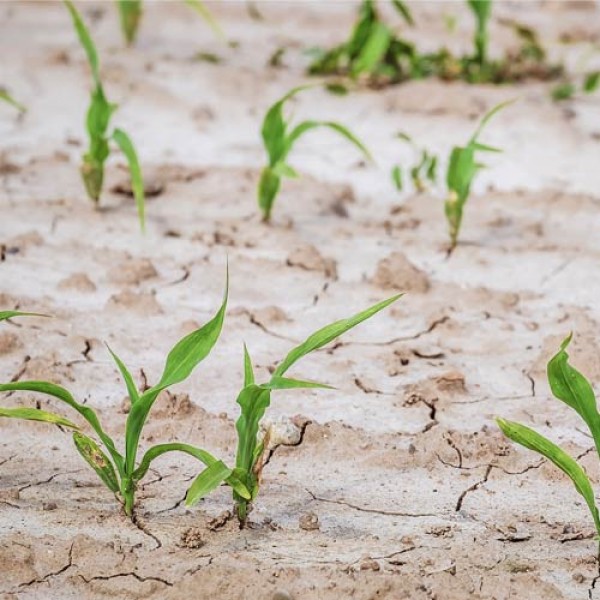
Help! Beat the heat in the garden! How to counter the increasing heat?
Help! Beat the heat in the garden!
How to counter the increasing heat?
The temperature often climbs to the 20°C mark in spring and the garden needs water. During the summer, the watering of the lawn is often not allowed.
But how can you still have a beautiful garden?
We have a few tricks for you:
The dry lawn:
Instead of the perfect ornamental lawn or rolled lawn, there are more gardeners who use lawn varieties that are mixed with drought-resistant grasses. The so-called dry grass is more tolerant of longer and more intense heat periods and will therefore stay green longer.
But also those who already have an ornamental lawn can supplement dead areas with a dry lawn, so that bit by bit the garden becomes complete again.
The sand bed:
If you know the nature a little bit, then you know plants that live in sand usually have deeper roots, because if we try to dig them out, we notice we have to dig for a long time to avoid hurting the plants. For this reason, gardeners have used this knowledge and have put plants in so-called sand beds, because in this way plants are forced to form deeper roots in order to get water.
Because even if the sand in earlier layers of soil is already easily moist, it doesn`t have enough nutrients and the plant automatically wants to get to nutrient-rich soil quickly, and therefore forms strong roots. If a sand bed is to be constructed in the garden, a layer of sand must therefore be built up at a height of 15-20 cm to stimulate the plants to form deep roots.
The crater bed:
Crater beds are still unknown in Germany, but they have been used in other countries for a long time. Especially in hot countries they ensure good growth of the plants.
The crater bed should always be circular. The centre of the bed should be 20 cm below ground level. A wall should be built around it, 20 -25 cm high towards the north and 15 - 20 cm high towards the south. In general, the slope from the wall to the centre should be gentle, so that a height difference of about 40 - 45 cm is overcome at the end. If you like, you can create a pond in the middle of the bed to catch rainwater or cover the middle with stones so that the water can soak into the soil better.
During hot periods, it is cooler in the crater than in the area around it, so evaporation can occur inside, which cools the plants. When planting, it is important to use frost-sensitive plants that like to be near water in the centre of the crater.
In the southern hand area, heat-loving vegetables and heat-loving wild perennials should be used, and in the northern area woody plants for dry locations that are not so sensitive to wind should be used. In the north and south, behind the larger perennials and woody plants, herbs for sunny and dry locations can be planted.
High Hedges:
High hedges can also protect the garden somewhat from the heat, because especially when a warm wind blows over the soil, it dries out very quickly. In the shade of the hedge it stays damp longer. If the whole garden is surrounded by a hedge, the wind does not have too much of a chance of drying out the soil completely.
Rain Barrels:
No water supply in the garden? Many people still have the problem with bringing water from the kitchen or bathroom into the garden. Some people are reluctant to pull the dirty pipe through the house, which is understandable.
For all these people, it is a good idea to get one or more water storage tanks, preferably in the form of rain barrels.
In these, you can collect all the rainwater and use it for the plants in the garden, then finally there is an end to dragging watering cans around the flat.
Advantages:
1. the rain barrel stores a large volume of rainwater from autumn to spring, which can be used for watering, thus bringing more sustainability into life.
2. rainwater contains much less limescale, which is good for the plants, because they don`t like lime-laden water.
3. most of the rain pipes now have little taps that make it easy to take water out of them
4. you can also directly connect rain barrels to rain gutters, so the water runs directly into a rain barrel, but it is best to put a net in front of the outlet, which directly catches dirt and branches or leaves.
Important!
A cover prevents the spread of mosquitoes, but also serves the safety of children (drowning!)
 Save Water in the Garden - 10 Tips
Save Water in the Garden - 10 Tips 
 Olla irrigation
Olla irrigation 









